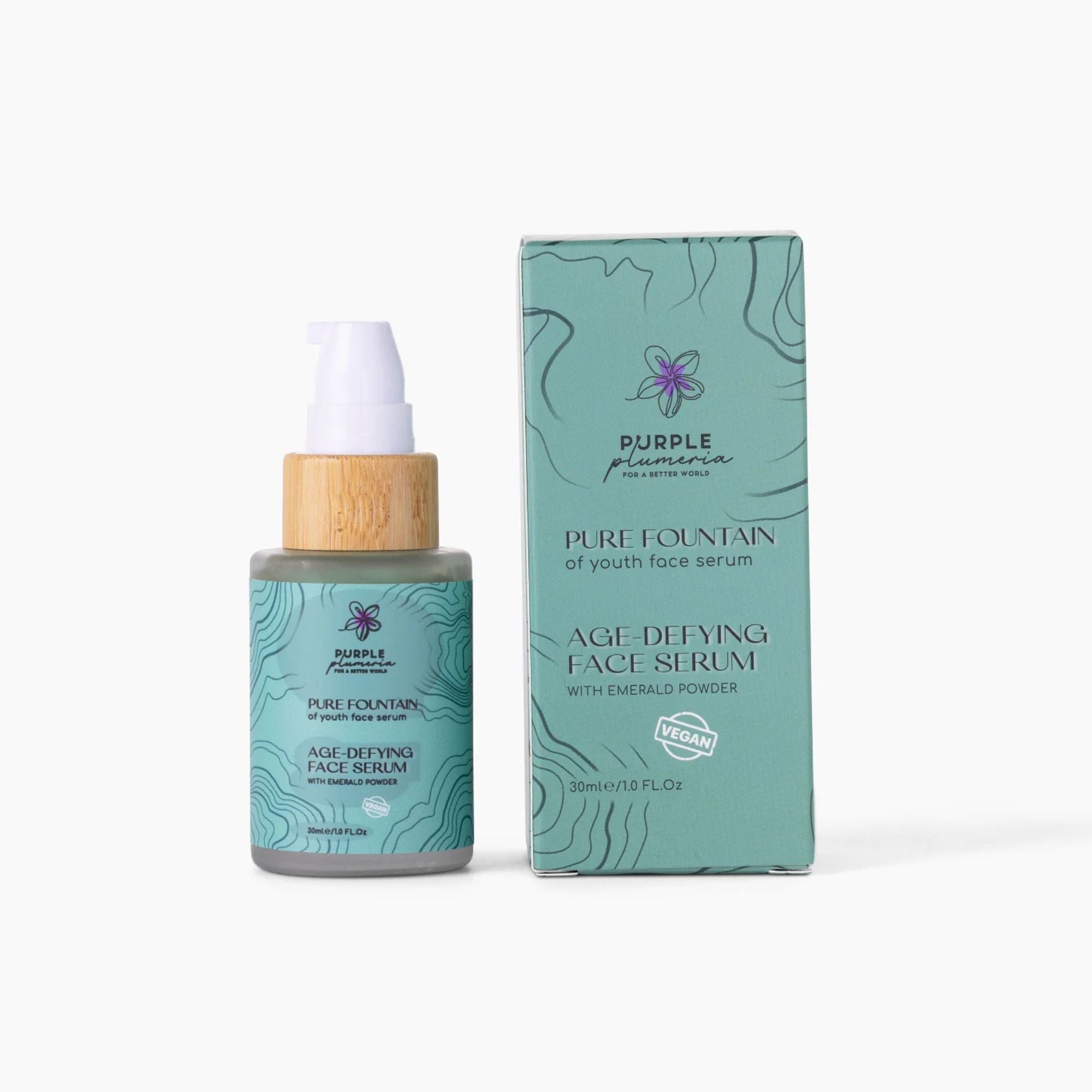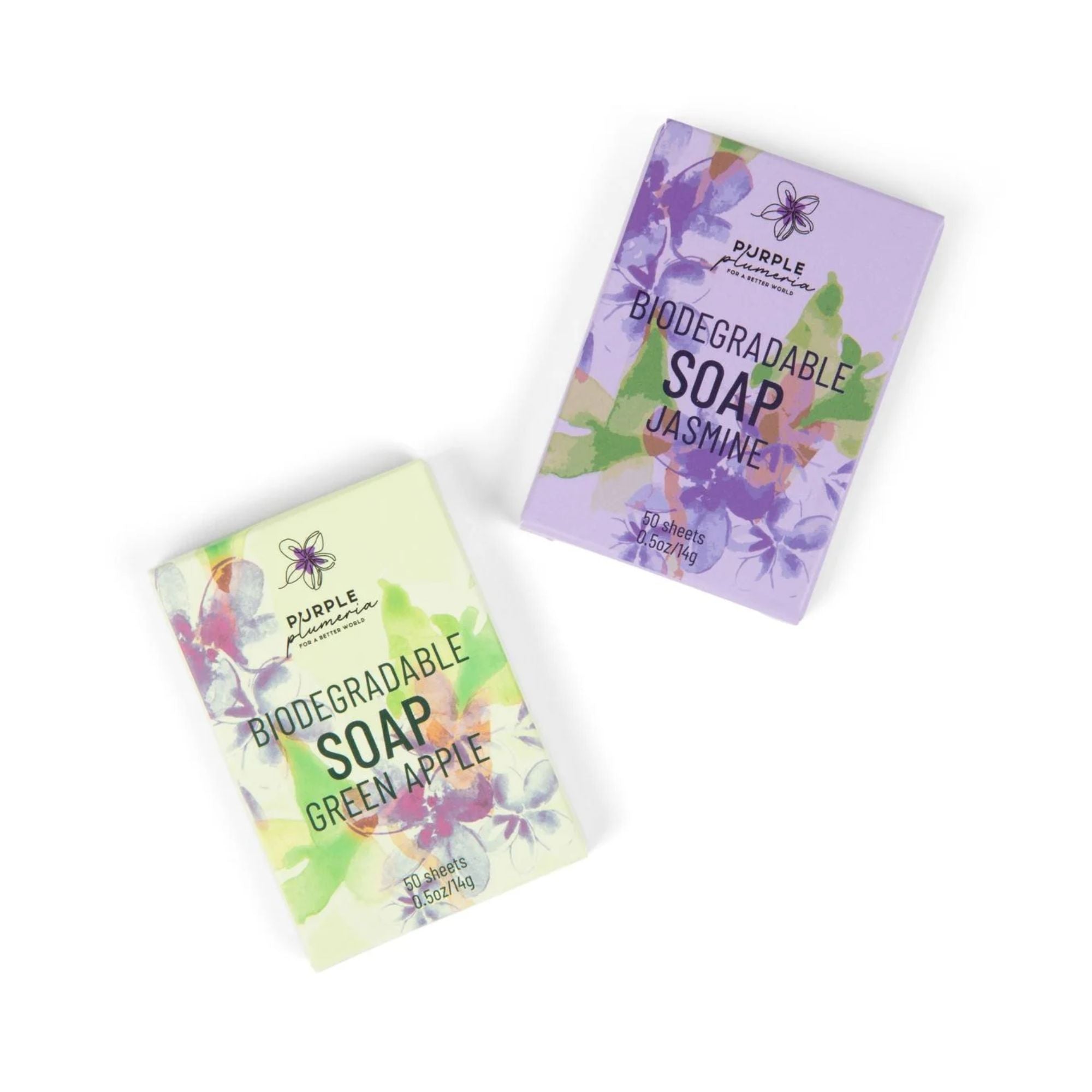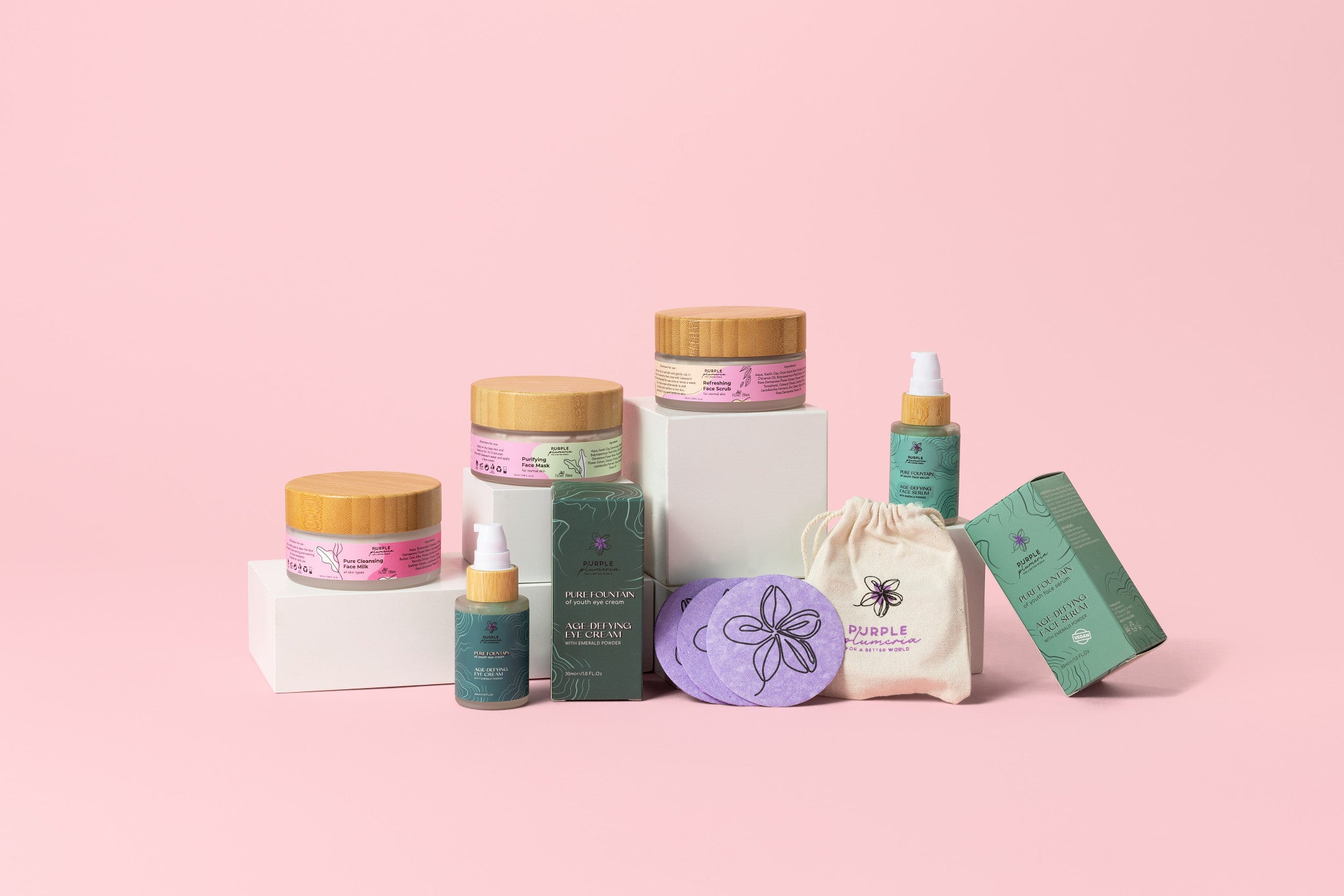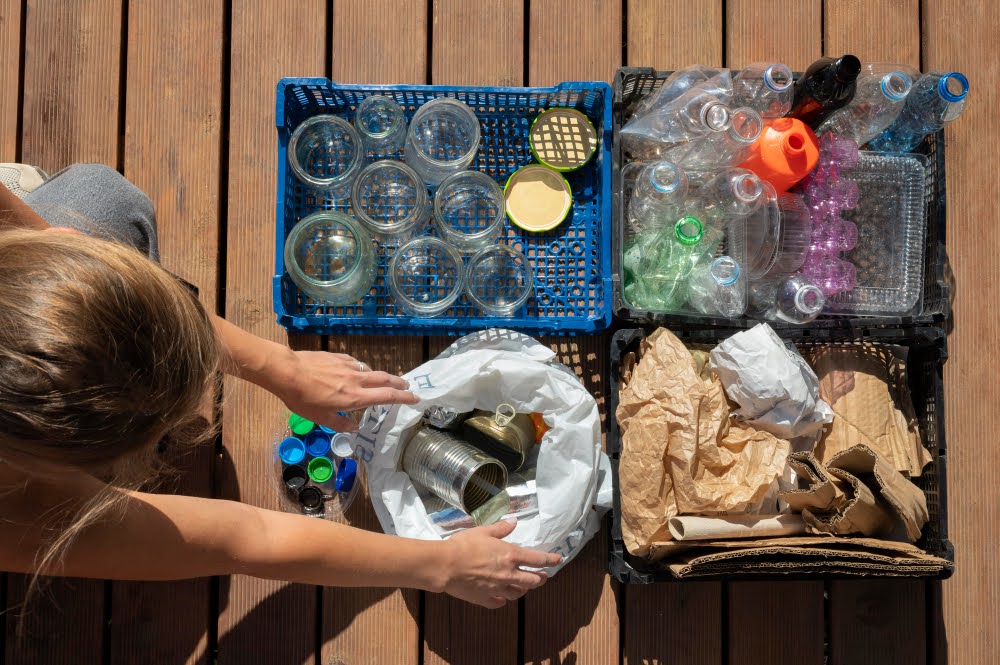Recycling begins with us. When we learn how to recycle at home, we reduce waste, conserve resources, and help our planet thrive.
In the process, we not only give back to Mother Nature, but we also gain consciousness about our environment and improve our health.
In this guide, we’ll walk through practical steps you can take right now—no jargon, no fluff—just clear, modern advice to help you recycle responsibly and efficiently.
Shifting Together: Why Recycling Starts at Home
Every household plays a major role in addressing waste. When we recycle properly, we prevent contamination—those misplaced items that turn entire batches of recyclable material into trash.
Rather than aiming for perfection, consistency matters more. No one expects you to adopt a zero-waste lifestyle overnight.
Small, steady efforts on proper recycling at home multiply over time, reducing landfill load and boosting the value of recycled materials.
Learn Your Local Rules
Recycling rules aren’t universal—they differ by region and evolve constantly. To recycle correctly, follow these few rules:
-
Check your city or county’s recycling program online—most publish current lists.
-
Use municipal apps or printed guides that list accepted items.
-
Learn the symbols: numbers 1–7 inside the recycling loop, glass, metal, paper icons—these tell you what goes where.
When you know exactly what’s accepted, you avoid tossing interchangeable items and can focus entirely on how to recycle at home in line with local requirements.
Design a Home Recycling Station
Make recycling a part of daily life with a practical setup. First, choose bins or containers that fit your space—stackable bins, baskets, or clear tubs work great.
They don’t have to be huge and swallow up too much of your home–even small ones will make a difference.
Then, label each bin: “Paper,” “Plastic & Metal,” “Glass,” “Trash.” By using clear labeling, you eliminate confusion and ensure they’re used properly and consistently.
Strategically place bins near where you generate waste—kitchen, home office, bathroom. Especially in the kitchen, this not only simplifies recycling but also helps reduce food waste by making it easier to sort scraps right away.
Having to take trash from one side of the home to another can discourage you and your family from putting in the effort.
If you want to know how to properly recycle at home, a home recycling station is a great starting point. When the process flows, you’ll stick with it day after day.
Dodge These Common Mistakes
Even with the best intentions, we sometimes slip into bad recycling habits:
-
Wishcycling – We drop in questionable items hoping they’ll get recycled. That creates contamination.
-
Skipping rinsing – A quick rinse (no need for water-wasting scrubbing) prevents scents and vermin.
-
Wrong items in the bin – For instance, pizza boxes soaked with grease or plastic-lined paper cups often get diverted at sorting facilities.
By paying attention to these errors, you learn how to recycle at home correctly and curb the trashing of otherwise recyclable materials.
Beyond the Bin: Specialty Recycling
Your curbside bins won’t accept everything. Here are areas where extra steps pay off:
-
E‑waste: Drop off old electronics at designated centers.
-
Batteries, light bulbs, chemicals: Many hardware stores or local facilities accept these safely.
-
Clothing, small appliances, bulky plastics: Participate in store take-back or community collection programs.
By learning how to properly recycle at home, you close the loop on items that otherwise pollute landfills.
Composting: Recycle Organics Too
Recycling isn’t just about cans and paper. Organic waste—food scraps, yard debris—also has a useful place. It belongs in compost.
But first, it’s important to understand the difference between biodegradation and decomposition.
Biodegradation refers to materials naturally breaking down over time, while decomposition is the process where microbes actively break down organic matter into nutrient-rich soil.
You can easily start a compost bin or tumbler if you have space, or use countertop containers with biodegradable liners. On a balcony? Try a worm bin (vermicompost) or bokashi system.
You can compost fruit and veggie peels, coffee grounds, and eggshells, but make sure you DON’T compost dairy, meat, oily foods—they attract pests or smell bad.
And don’t forget about everyday compostable kitchen items such as eco-friendly cling wrap and trash bags that make all the difference, too.
By adding compost to your routine, you enrich your soil if you have a garden, or support local community composting if you don’t.
Forming Good Household Habits
There are a few ways to make recycling a habit in your home. Kids can also play a role in preserving the environment, and teaching them how to sort waste using graphics or color-coded bins helps a lot.
Setting “recycling reminders” on your calendar or fridge, and encouraging everyone to check bins before tossing items are some of the easiest ones.
These simple strategies reinforce your theoretical knowledge on how to properly recycle at home, transforming recycling into a shared, routine activity.
Upcycling: Reuse Before You Recycle
Before something hits the recycle bin, ask: Can we reuse it? In fact, many items can be given new life and be saved from both the trash and the recycling bin.
Upcycling differs from recycling in that it transforms an item into something new and often more valuable or useful without breaking it down.
For example, glass jars make great storage for leftovers, crafts, or small items, while empty cartons can become seed starters or drawer organizers. Old fabric, t-shirts, and even plastic containers can take on second lives with a little imagination.
When we focus on reusing, we reduce waste first, and when reuse isn’t possible, we revert to recycling at home responsibly.
Check-In and Stay Current
Recycling methods and services change, just like everything else. Keep yourself sharp and up to date by doing the following:
-
Monitor your collection: Are your bins consistently accepted or often contaminated?
-
Adjust as materials range or local rules shift—you might start recycling previously banned items, or vice versa.
-
Explore local and online news to spot new recycling programs or innovations.
By taking these steps, you keep refining at-home recycling, ensuring your efforts stay effective.
Conclusion: Small Steps, Big Impact
We’ve explored practical ways to improve household recycling—from designing systems and avoiding common mistakes, to specialty drop-offs, composting, habit‑making, and creative reuse.
You don’t need to be perfect—just committed and informed. As you learn more and more about how to recycle at home, you contribute less trash to the planet, support circular economies, and inspire others in your community.
Our collective effort makes a lasting difference—so keep going, keep learning, and keep recycling with purpose.
Get Started with Purple Plumeria Zero‑Waste Kits!
Ready to step up your recycling game or reduce home waste even further? Check out Purple Plumeria’s compostable resealable bags and other eco-friendly kitchen & bath products designed to complement your sustainable lifestyle.
Whether you’re tackling recycling, upcycling, or composting, Purple Plumeria offers the perfect tools to make green living simple, modern, and beautiful.
Browse our collection of eco-friendly essentials and find everything you need to live a healthier and more sustainable lifestyle!







